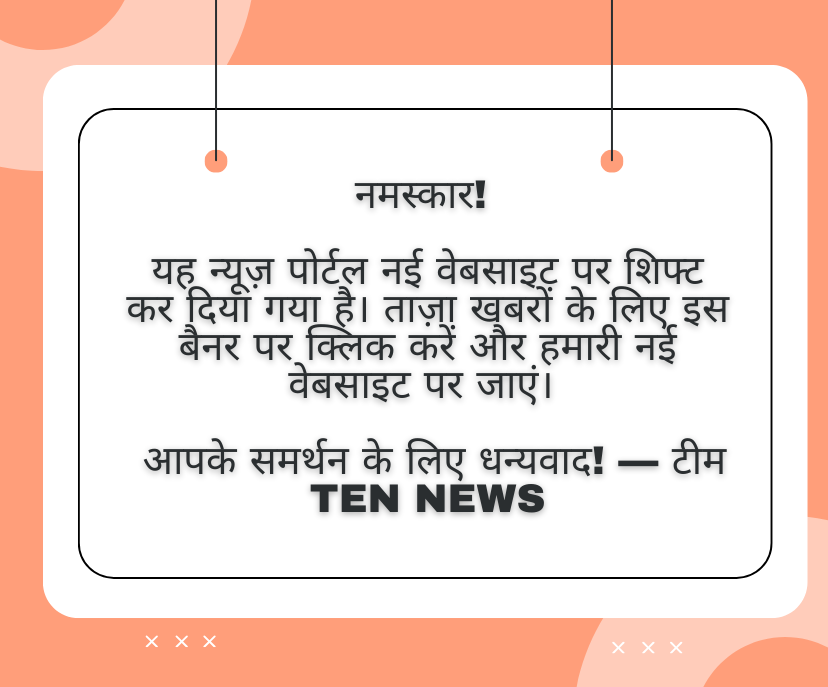Many had to walk for miles in search of an autorickshaw. Others decided to return to their offices. A few others even tried to hitch a ride with strangers as cabs too were in short supply.
Even as Delhi Metro struggled to restore normal train services on the Blue Line three hours after an eagle snapped an overhead wire on Tuesday evening, commuters had a harrowing time finding a way to get back home.
Stranded in packed stations or outside in searing heat at dusk, passengers described the situation as ‘horrible’, ‘crazy’ and like a ‘circus’. Some took to Twitter to warn others from relying on the Metro for once.

Commuters argue with an autorickshaw driver outside Rajiv Chowk metro station on Tuesday. (Raj K Raj/HT PHOTO)
Commuters travelling to Noida and Ghaziabad complained that as soon as the Metro service broke down, cab aggregators surged their prices ‘astronomically’. “It was horrible. I have never felt that helpless. On usual days I get home by 7 pm but yesterday I reached at 11 pm. I had to hitch a ride in three different cars. When I tried booking a cab, the fare shot up to Rs 870 for a ride that had a waiting time of 30 minutes. It just did not make sense,” Shikha Tiwari, who was travelling from Laxmi Nagar in east Delhi to Noida, told HT.
The problem started after an overhead electrical (OHE) wire snapped on the busy line that connects Noida and Vaishali to Dwarka when an eagle hit it. It led to a short circuit resulting into parting of sagging of catenary wire.
The wire, DMRC officials said snapped at 4.55 pm between Indraprastha and Yamuna Bank stations and it took them three hours to fix it. People, however, had to face a harrowing time for much longer.
Tired of the struggle, Noida resident Surendra Kumar returned to his office in Connaught Place and waited till the situation could improve. But it didn’t. “It was impossible to wait at the metro station because of the rush. So I came out to take a cab but the fare was too high. I returned to my office to wait for surge pricing to go but then I gave up,” he said. He booked a cab for Rs 600 for a ride that usually costs him not more than Rs 300. “I waited for the cab to arrive for 20 minutes. When it finally arrived and the driver found out that I had to go to Noida, he refused.”

Rajiv Chowk metro station around 6.10 pm on Tuesday. (Raj K Raj/HT PHOTO)
Vidhi Sinha, a resident of Ghaziabad who had to reach home in time for her daughter’s birthday party, was stranded for more than three hours before she got a ride with a colleague. “I tried booking a cab but the waiting time was too long. They were charging enormously. I walked for over three kilometers hoping to pay less from another location but it did not work. A colleague agreed to take a detour and rescue me from the chaos. Finally, he drove me home ,” she said.
Commuters suggested that in such situations, DMRC should restrict the entry of more passengers at the affected stations. Blue Line is the most prone to snags among the six corridors of Delhi Metro. In 2014, DMRC chief Mangu Singh had to order an audit due to frequent technical glitches occurring on this line.

The overhead wire that snapped between Indraprastha and Yamuna Bank stations at 4.55 pm on Tuesday.
The audit revealed that nearly all the snags reported on Dwarka-Noida/Vaishali corridor were related to electrical failures. “The entire stretch of more than 51 kilometre, except from Mandi House to Rajiv Chowk, is elevated which makes it vulnerable to changing weather conditions,” said a metro official.
The audit also indicated that most snags have occurred because of foreign objects getting entangled with the OHE wire. It was because of this that the Delhi Metro in 2015 replaced all insulators on the OHE of the Blue Line.
DMRC had earlier estimated that ridership on this line would be 9.18 lakh per day by 2016. But it touched 11.94 lakh in August, 2015. This line carries over 30% of the Delhi Metro’s passengers and since most of the part is elevated, the vulnerability to snag is more. The average daily ridership of Delhi Metro is 27 lakh.
This line has 44 metro stations from Dwarka Sector 21 to Noida City Centre covering a distance of 51.35 km and a branch line of 8.85 km with seven stations from Yamuna Bank to Vaishali.











